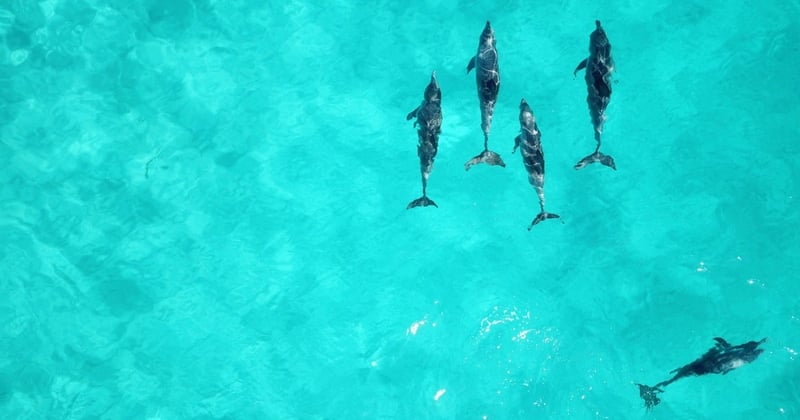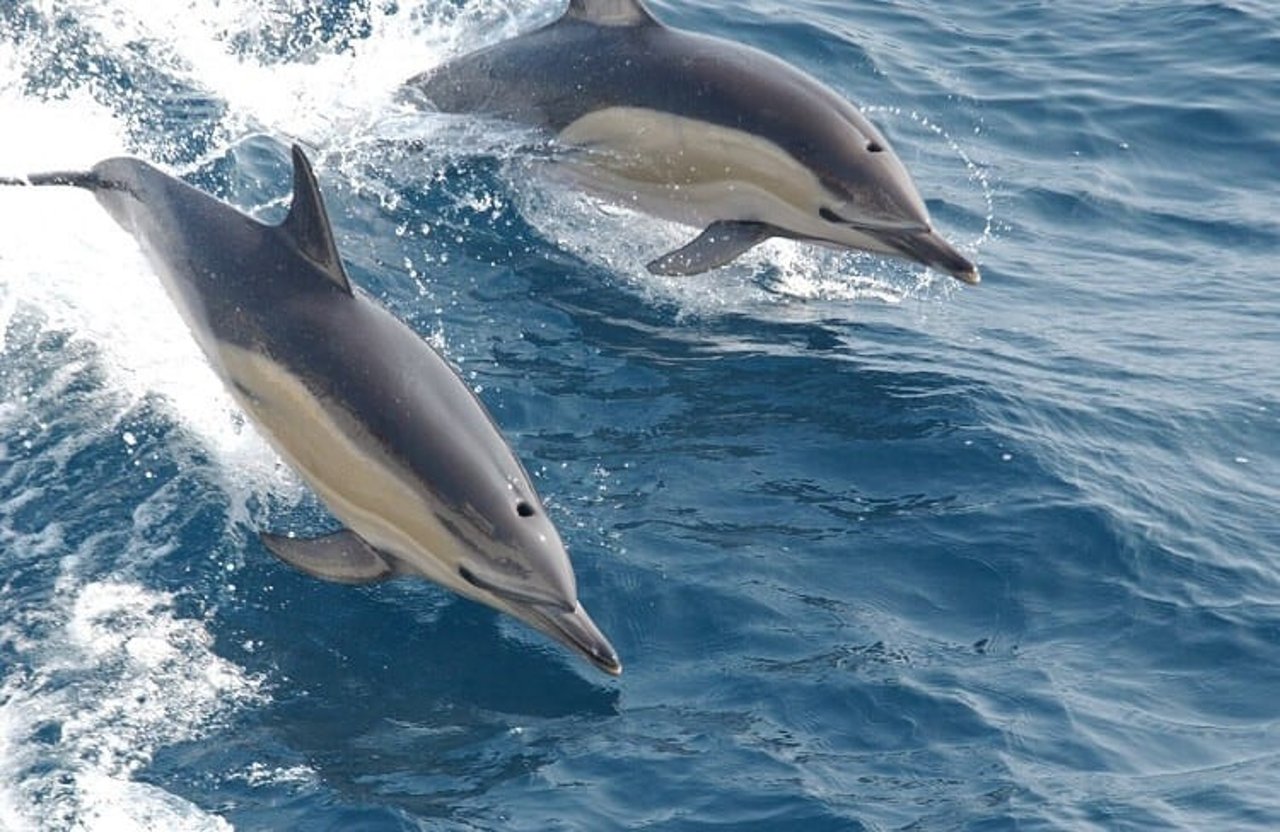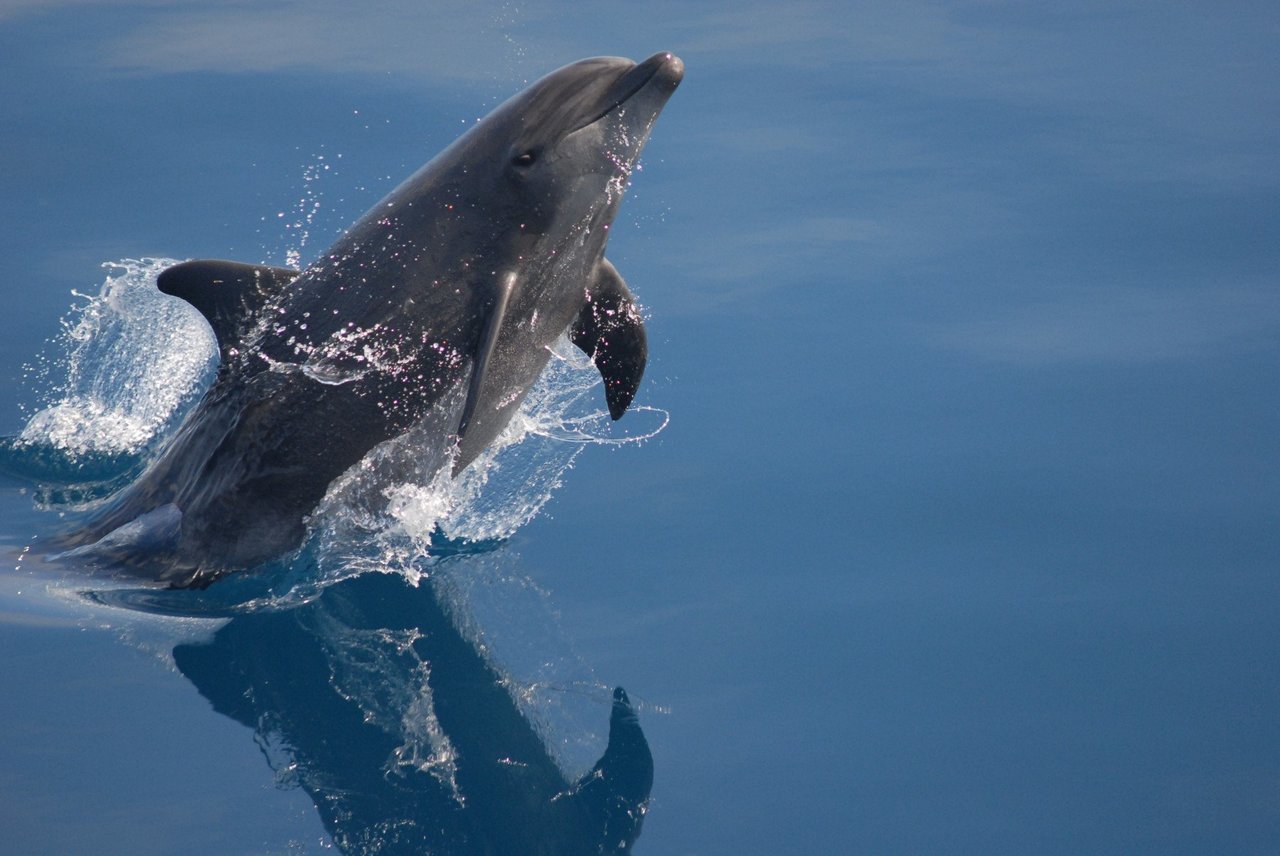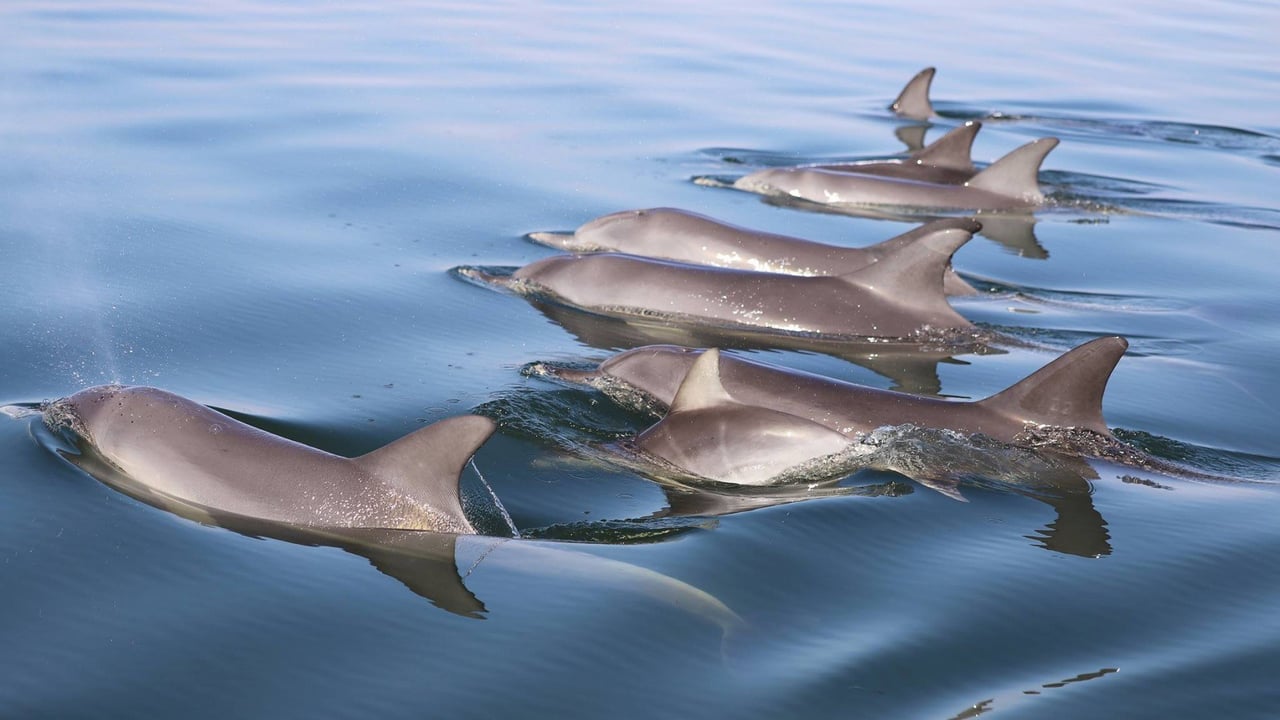
Dazzling dolphin facts
News
Dolphins are highly intelligent, sociable and playful animals. What’s more they are great communicators and have even learned sign language. They help protect our planet too.
Top image credit: Courtnie Tosana
Dolphins help keep our environment in balance by eating other animals – mainly fish and squid – and are food for other marine animals like sharks. Scientists also see dolphins as indicators of the health of our oceans. Studying their biology can reveal if there are problems in the environment, like pollution, that are harming them; these problems could be affecting people too.
Creature confusion
The world’s largest dolphin is the orca – confusingly known as a killer whale. It can weigh up to 10 tons and measure up to 10m. The smallest dolphin – Maui's dolphin, which lives around New Zealand – only reaches 1.2m.
There are 42 species of dolphins and seven species of porpoises – their close relatives. Most species live in marine waters and in hot and cold climates. A few species, like the Amazon pink river dolphin, live in freshwater.
Clever communicators
Dolphins communicate in many different ways – including squeaking, clicking and whistling. Each dolphin has a unique whistle – it helps them recognise each other – meaning whistles work very much like human names.
They also use high-pitched clicking sounds for echolocation – to help them navigate and find food. The clicks hit objects in the water and then bounce back as echoes. This helps dolphins work out what and where objects are.
Despite what some people think, dolphins don’t communicate by smiling when they are happy. The smile is simply their jaw shape.
Animal athletes
Dolphins are extremely powerful animals. Some species can swim up to speeds of 50kph and regularly dive to depths of up to 55 metres to forage for their favourite foods of fish, squid and crustaceans. They travel and hunt in pods – groups of just a few, or 30 or more dolphins – and have big territories. These are on average around 100km² – with some ranging up to a massive 400km²; that’s about half as big as New York City.
Dolphins spend around 17% of their day hunting and feeding and 50% travelling around their range.
Because dolphins can’t breathe under water, they hold their breath for a long time. When dolphins swim quickly, they leap out of the water to catch their breath. But when they swim slowly, they simply surface and breathe once or twice a minute.
Credit: Mandurah Cruises
Baby basics
The age at which dolphins are ready to mate depends very much on the species – anything from around 5–13 years old. Bottlenose dolphins generally mate between 5–7 years old and will give birth every two to three years. The length of a dolphin pregnancy varies from 9–16 months depending on the species, but for bottlenoses it is around 12 months.
Females usually just have one baby and they usually give birth surrounded by other members of their pod who protect them from predators. Dolphin babies are born fluke (tail) first and then feed off their mother’s milk for around three years.
Cruel entertainment
There are over 3,000 dolphins – mostly bottlenose – in captivity around the world, suffering for people’s entertainment. Many have been hunted and snatched from the wild; others have been bred in captivity. All are forced to live in pools and tanks many thousands of times smaller than their natural habitat - causing them physical and psychological harm. They endure unnatural and stressful interactions with tourists for selfie and swimming experiences and are trained to perform demeaning tricks.
With your help we will stop the cruelty that the wildlife trade for entertainment inflicts on the world’s dolphins. We are exposing how dolphins suffer in captivity and are calling on travel agencies to stop selling tickets to dolphin entertainment venues.
With your support we can make this the last generation of dolphins in captivity. Together, we will keep these amazing animals in the wild – where they belong.
Despite what some people think, dolphins don’t communicate by smiling when they are happy. The smile is simply their jaw shape.


